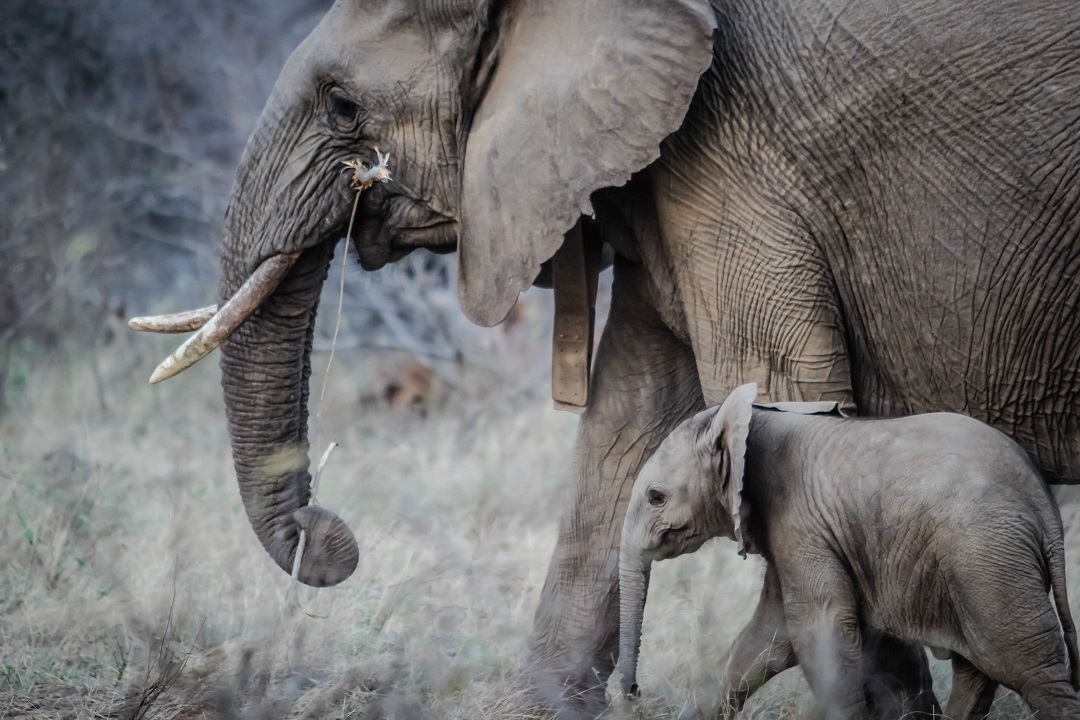I have become fascinated by elephants. In mock preparation for my future fantasy career of working with these remarkable animals, I have been reading memoirs of conservationists who have devoted their lives to protecting and promoting the existence of this endangered species in its natural habitat. With every chapter I read, I become more convinced of a mystical connection between my work at Policy Research Associates and my current obsession.
There are numerous similarities between homo sapiens and proboscidea: a powerful social network; complex communication system (involving infrasonic sounds and ground vibrations that can be detected by other elephants miles away); and capacity for emotion, to name a few. Describing the grieving of a baby elephant who lost his family to poachers, Dame Daphne Sheldrick writes in Love, Life, and Elephants: An African Love Story (2012), “For weeks on end, he stood dejectedly, . . . tears oozing from his eyes and his trunk hanging limply to the ground.” (p. 276). Far from denying the charge of anthropomorphism, Sheldrick passionately argues that accepting animals’ capacity to feel “human” emotions is key to understanding elephant behavior.
As I draw closer to adopting this same view, I keep returning to the story of one elephant in particular. Mnumzane was an adolescent bull from a “rogue” herd of elephants with a propensity for escaping from its reserve into neighboring communities. In a last-chance effort to resolve this problem, frustrated authorities approached conservationist Lawrence Anthony (The Elephant Whisperer: My Life with the Herd in the African Wild, 2009). Anthony agreed to the transfer of the entire family to his 5,000-acre reserve, some 600 miles away. During capture and transport to the new home, the matriarch of the family was “unavoidably” shot, leaving Mnumzane not only motherless, but also ejected from his throne of crown prince of the herd, which had been fueled by his mother’s role as leader.
Under the best of circumstances, adolescence is a difficult time for bull elephants. In the wild, they are gradually excluded from the family and typically join a group of other adolescent bulls who are guided by a mature bull. This natural course of events was impossible for Mnumzane because there were no elephants, other than Mnumzane’s family, on Anthony’s reserve. Lacking the usual role model, Mnumzane became unusually attached to Anthony. Although living free in the wilds of the reserve, Mnumzane unfailingly greeted Anthony, whether on foot or in his Land Rover, with great affection.
There was no reason for Anthony to doubt the safety of his guests on the day they encountered Mnumzane, now a fully grown elephant standing at almost 11 feet high, in the bush. But, on this day, something was different. Knowing that Mnumzane was in musth (a sexual condition in which testosterone levels shoot up by as much as 50 times), Anthony attempted to avoid interaction with the elephant by backing up the Land Rover. Suddenly, Mnumzane went on the attack and flipped the Land Rover over and over, passengers still inside. After several terror-filled minutes, Mnumzane was brought back to his senses, whereupon he proceeded to calmly extract the remnants of glass from the window of the now-destroyed vehicle, reach into the cab, and caress Anthony’s head and shoulders with his trunk.
No one was seriously injured, but the episode upset Anthony for it was one of several acts of unpredictability in which Mnumzane had engaged over the course of several months. Doubts about Mnumzane’s ability to live on the reserve strengthened in Anthony’s mind. With great soul-searching and a heavy heart, Anthony did what he had to do to protect the other animals and workers of the reserve. Mnumzane was put down. Sadly, it was only then that the probable explanation for Mnumzane’s fits of rage was discovered: an infected tusk, which could have been cured with a simple round of antibiotics. After months of believing that the scarring experiences of Mnumzane’s early years had been too great to overcome, Anthony suddenly realized that in fact, his gentle friend had likely been blinded by excruciating pain when the Land Rover brushed against the throbbing tusk.
Exposure to violence. Trauma. Challenges of adolescence. Social isolation. Absence of role models. Physical pain. So many of the explanations Anthony considered in his quest to fully understand Mnumzane have become familiar to me since working in the Juvenile Justice Division of PRA. Is it mere coincidence that my first month of employment with PRA was devoted to an exploration of whole – emotional, social, psychological, and physical – health? Could it be that in the great unfolding of life, PRA is in fact preparing me for that fantasy career? Or, is it that my awareness has already been so heightened by my work here that I look at the world in a different way?


